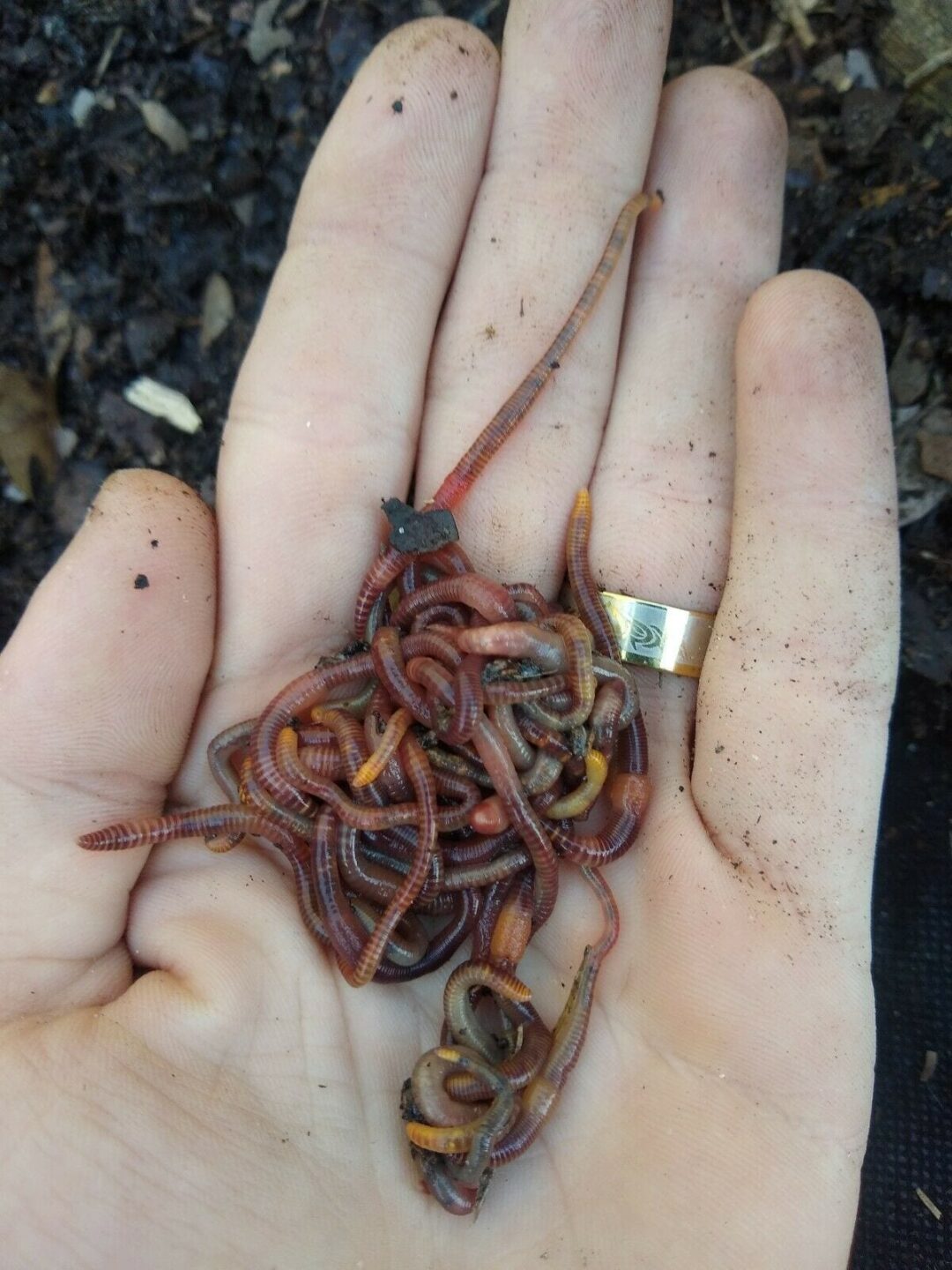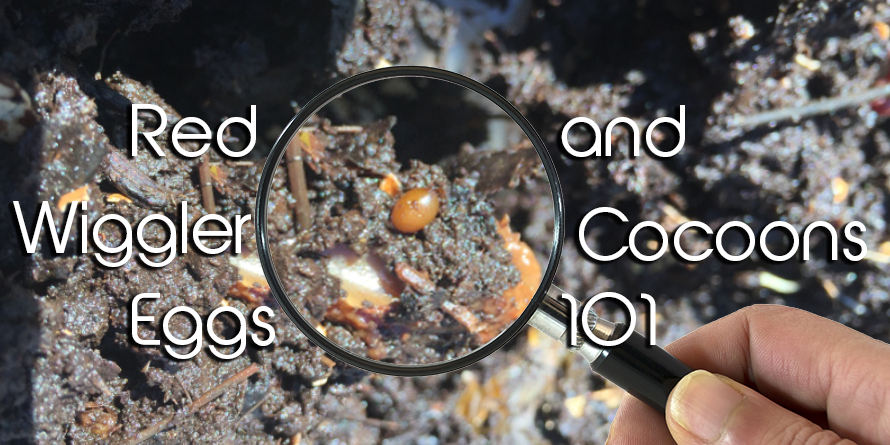Discover How Lake Hickory Bait Can Enhance Your Lawn’s Growth and Vitality
Red Wigglers: The Unsung Heroes of Organic Waste Recycling
Red wigglers, or Eisenia fetida, function as vital agents in the natural waste recycling procedure, changing discarded materials into useful vermicompost. Their efficient malfunction of raw material not only boosts soil high quality but also adds to sustainable waste management practices. As the world progressively looks for remedies to deal with waste buildup and improve farming productivity, understanding the role of these worms becomes crucial. What systems allow them to flourish in garden compost atmospheres, and exactly how can they be efficiently made use of in both household and commercial settings? Checking out these concerns exposes the broader effects of vermicomposting in our environmental landscape.
What Are Red Wigglers?
The exceptional strength of red wigglers, medically called Eisenia fetida, underscores their important function in organic waste recycling. These small, reddish-brown earthworms are usually found in disintegrating natural matter, such as compost heap and manure stacks. Lake Hickory Bait. Unlike other earthworm types, red wigglers grow in nutrient-rich settings and are very reliable at breaking down organic materials, making them essential for vermicomposting

(Red Wiggler Express)In addition to their role in waste decrease, red wigglers add to dirt health by boosting dirt structure and aeration through their tunneling tasks (Lake Hickory Bait). Their existence in composting systems not just enhances disintegration prices yet also advertises a lasting method to waste management, showing their importance in ecological conservation initiatives
Benefits of Composting With Worms
Composting with worms, specifically red wigglers, supplies many advantages that enhance both waste management and soil health and wellness. First, these worms efficiently damage down natural waste, transforming it right into nutrient-rich vermicompost that enriches soil. This process speeds up disintegration, enabling a much faster recycling of kitchen scraps and other natural products contrasted to traditional composting approaches.
In addition, the vermicompost generated by red wigglers is including valuable microbes, which aid boost dirt framework, aeration, and moisture retention. This boosts the overall wellness of plants, promoting vigorous development and boosted yields in yards and agricultural setups. The usage of worms in composting reduces the production of greenhouse gases, such as methane, adding to an extra sustainable waste administration system.

Exactly How to Beginning Vermicomposting
Developing a vermicomposting system is a straightforward process that can yield considerable advantages for both waste monitoring and soil enrichment. To begin, select an appropriate container, such as a plastic container or wood box, with appropriate air flow openings to guarantee proper airflow. The measurements should preferably be around 2 feet by 3 feet, permitting enough space for the worms to prosper.
Following, prepare bed linens material, which can contain shredded newspaper, cardboard, or coconut coir. This bedding ought to be dampened to create an appropriate environment for the worms. Once the bed linens remains in place, introduce red wigglers (Eisenia fetida) into the container, commonly around one pound of worms for every single square foot of surface location.
Complying with the positioning of worms, include natural waste, such as fruit and vegetable scraps, coffee grounds, and smashed eggshells. Prevent adding dairy, meat, or oils, as these can produce smells and attract insects. Place the bin in a shaded, temperature-controlled location to maintain optimum conditions for worm activity. With these steps, you will efficiently launch a vermicomposting system that adds to sustainable waste administration and enriches your dirt.
Preserving a Healthy Worm Bin
(Red Wiggler Express)Keeping a worm bin growing requires normal attention and like guarantee the wellness of the red wigglers and the effectiveness of the composting process. Correct upkeep begins with keeping track of the moisture degrees; the container ought to perspire but not saturated. A great general rule is to preserve an uniformity comparable to a wrung-out sponge.
Delicately mixing the bed linens and food scraps every few weeks stops compaction and guarantees that all worms have accessibility to oxygen. In addition, it is important to feed the worms appropriately.
If the bin comes to be as well warm or cool, the worms might end up being stressed out. By diligently taking care of these elements, one can preserve a durable and productive worm container.
Influence on Lasting Living
The effective upkeep of a worm bin not just benefits the health of red wigglers yet additionally adds dramatically to lasting living techniques. By recycling organic waste, such as kitchen scraps and backyard debris, red wigglers help draw away considerable amounts of product from land fills. This decrease in waste not just decreases greenhouse gas discharges yet also decreases the ecological burden connected with waste administration.
In addition, the castings generated by red wigglers act as a nutrient-rich natural fertilizer, boosting dirt health and wellness and advertising plant development. This natural alternative to chemical fertilizers supports lasting agriculture and gardening techniques, reducing reliance on synthetic inputs that can damage ecological communities. In addition, worm composting cultivates recognition of waste monitoring, urging people and communities to take on even more sustainable habits.

Final Thought
In recap, red Related Site wigglers work as essential factors to natural waste reusing via their reliable disintegration of natural products. Their capacity to create nutrient-rich vermicompost enhances soil health and sustains lasting farming techniques. By incorporating vermicomposting right into waste administration approaches, individuals and areas can substantially minimize waste while promoting ecological sustainability. The function of Eisenia fetida in cultivating healthy ecological communities highlights the value of these microorganisms in accomplishing lasting living and enhancing dirt fertility.